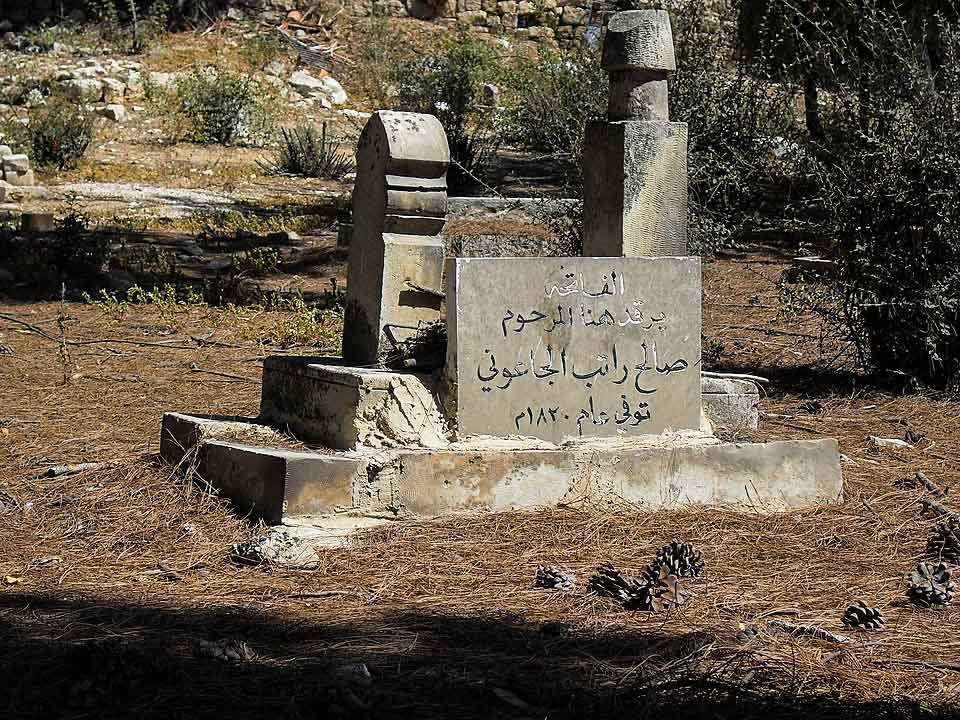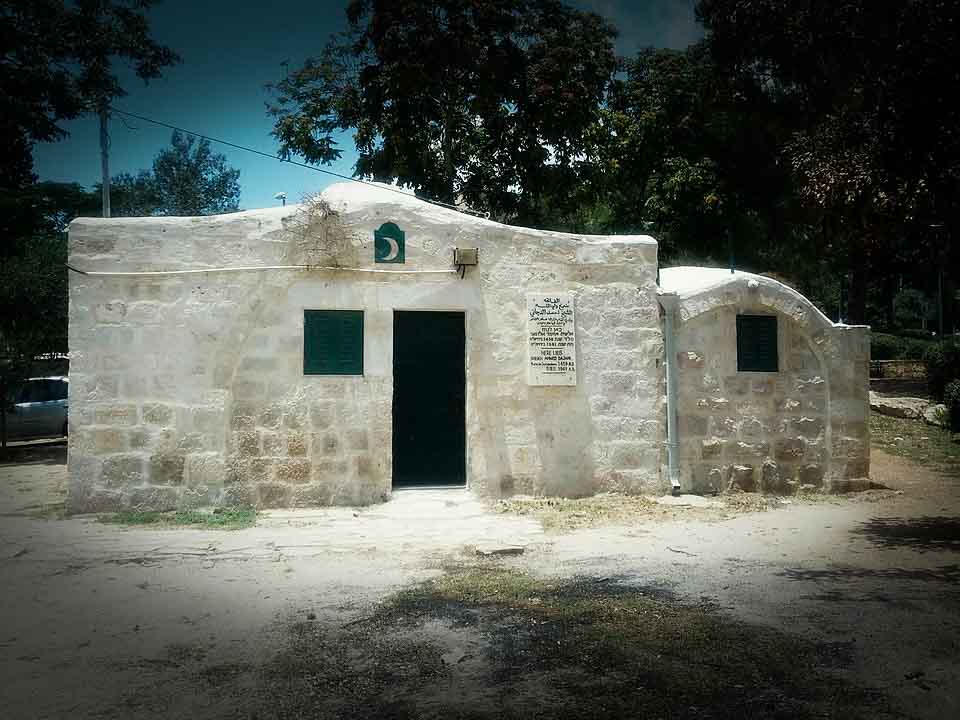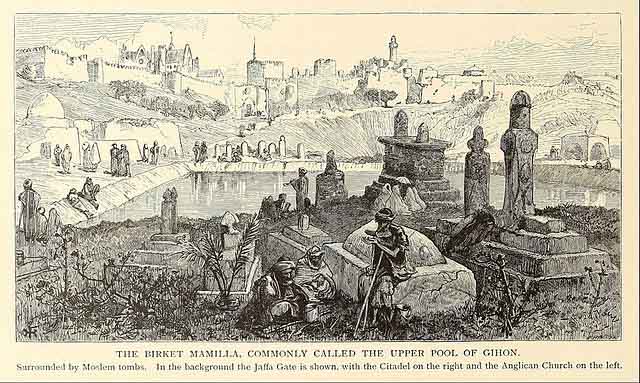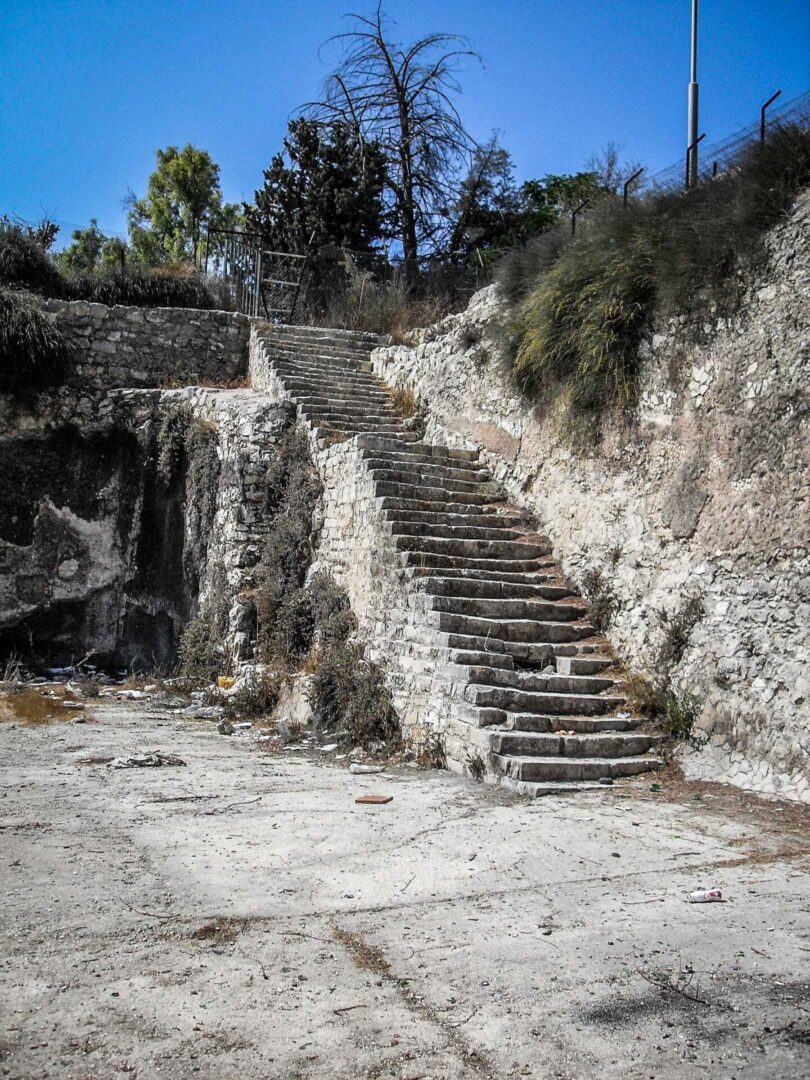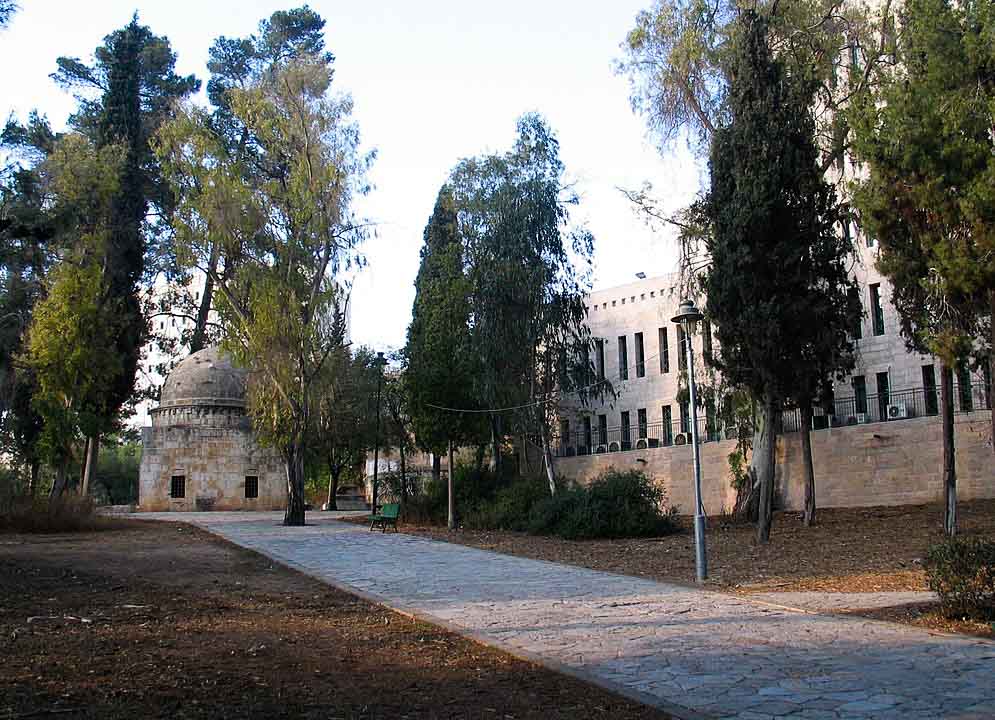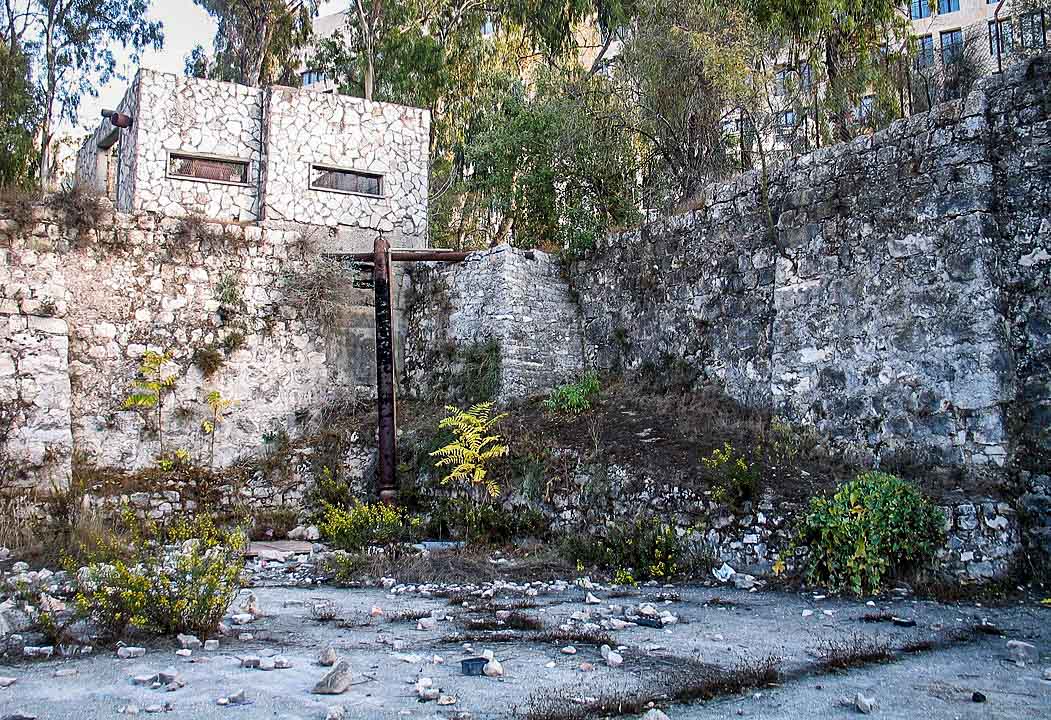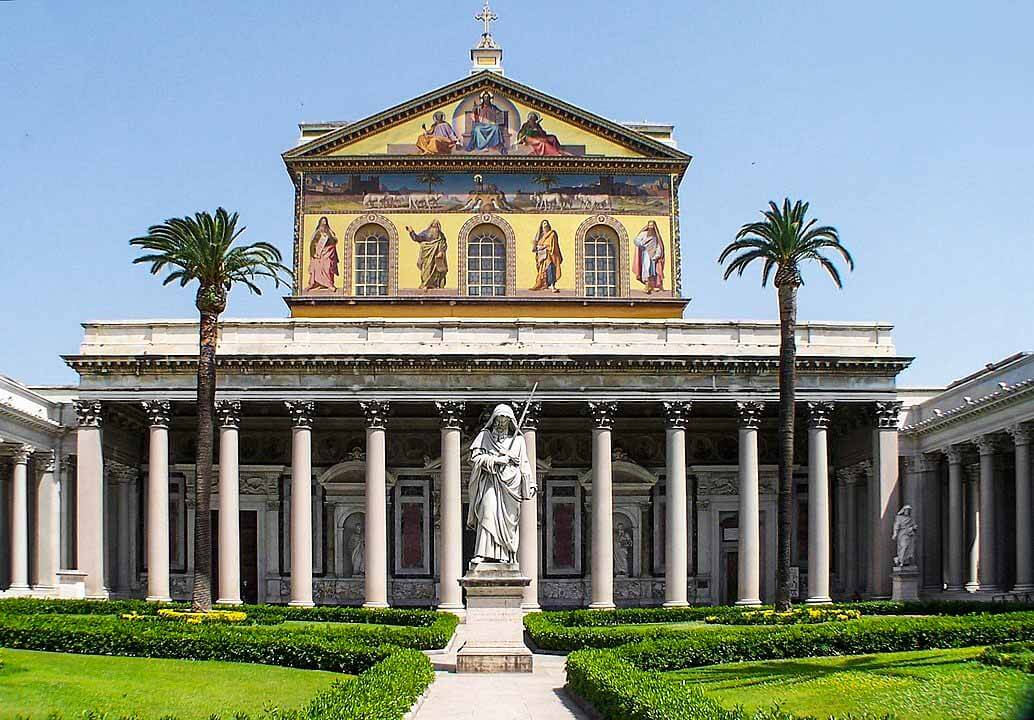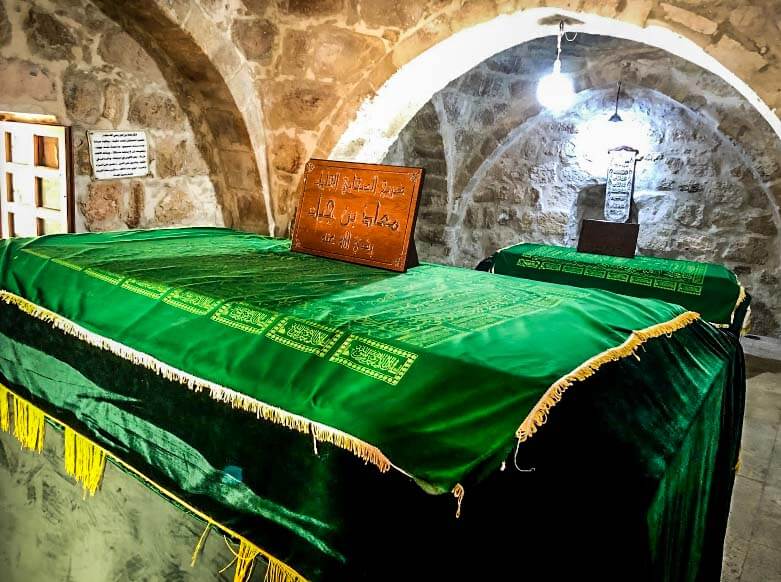Jerusalem, Palestine
Coordinates: 31.778087, 35.221740
First Heading
Mamilla Cemetery is a historic Muslim cemetery located in Israel occupied Palestine just to the north-west of the walls of the Old City of Jerusalem, near Herod’s Gate.
The cemetery, at the center of which lies the Mamilla Pool, contains the remains of figures from the early Islamic period, several Sufi shrines and Mamluk-era tombs.
Its identity as an Islamic cemetery is noted by Arab and Persian writers as early as the 11th century. It was used as a burial site up until 1927 when the Supreme Muslim Council decided to preserve it as a historic site.
Religious warriors or mujahideen who died in the battles for control over Jerusalem with the Byzantines in 636 and the Crusaders in 1137 were buried in the cemetery, including, according to tradition, some 70,000 soldiers of Hz. Salahuddin Ayyubi رحمة الله عليه .
Ibn al-Adim, the Syrian historian, recounts visiting the cemetery several times, and on one visit in 1239–40 recalls going to the graves of Rabi al-Mardini, a shaykh from Mardin renowned for performing miracles, and al-Iwaqi, a pious Sufi who lived in the compound of al-Aqsa mosque. Al-Adim describes the grave of the former as housed in a prominent mausoleum with other pious individuals.
Al-Quraishi, a famous Sufi mystic said to have had miraculous healing powers, immigrated to Jerusalem from Andulasia by way of Fustat and garnered a school of disciples in his new home that numbered some 600 people before his death and burial in 1194.
Ibn Arslan, who was buried alongside Al-Quraishi some two and a half centuries after the Ayyubid-period Sufi master, was a charismatic Sufi shaykh whom Muslims from surrounding countries came to visit.
Mujir al-Din al-Ulaymi in al-Uns al-Jalil (c. 1496) says, “Who ever invokes God’s name while standing between the graves of Ibn Arslān and al-Quraishī [in Mamila cemetery], Allah will grant all his wishes.
Following the 1948 Arab–Israel War, the cemetery and other waqf properties in West Jerusalem fell under the control of Israel occupied Palestine governmental bodies.
A number of buildings, a road and other public facilities, such as a park, a parking lot and public lavatories have since been constructed on the cemetery grounds, destroying grave markers and tombs. A plan to build a Museum of Tolerance on part of the cemetery grounds, announced in 2004, aroused much controversy and faced several stop work orders before being given final approval in July 2011.
Demolitions by Israeli forces
By the end of the 1967 war that resulted in the Israel occupation of East Jerusalem, only a handful of broken grave markers remained standing. A large part of the cemetery was bulldozed and converted into a parking lot in 1964 and a public lavatory was also built on the cemetery grounds.
Israel occupied Palestinei authorities bulldozed several tombs in the cemetery, including some of those identified as Frankish by Clermont-Ganneau, to establish Mamilla Park (or Independence Park) in 1955.
Two of the largest and finest tombs survived, though the lid of one was overturned when it moved from its original spot. The other is the Mamluk era funerary chapel known as al-Kebekiyeh (or Zawiya Kubakiyya), now located in the eastern end of Independence Park.




